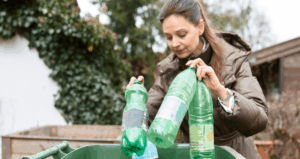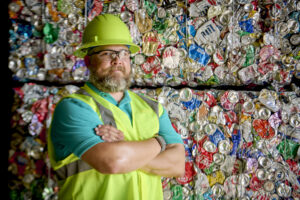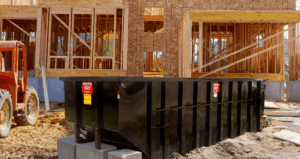In Florida, where hurricanes are a regular threat, storms often leave behind massive amounts of debris ranging from fallen trees and damaged building materials to household waste. According to the EPA, Hurricane Andrew, a Category 5 storm that devastated parts of South Florida in 1992, generated 43 million cubic yards of debris. That is enough debris to fill the Empire State Building more than 30 times.
While immediate efforts focus on safety and emergency response, managing and recycling storm debris is essential to long-term recovery. Recycling hurricane debris helps relieve pressure on landfills, conserve valuable resources, support local economies and reduce environmental impact.
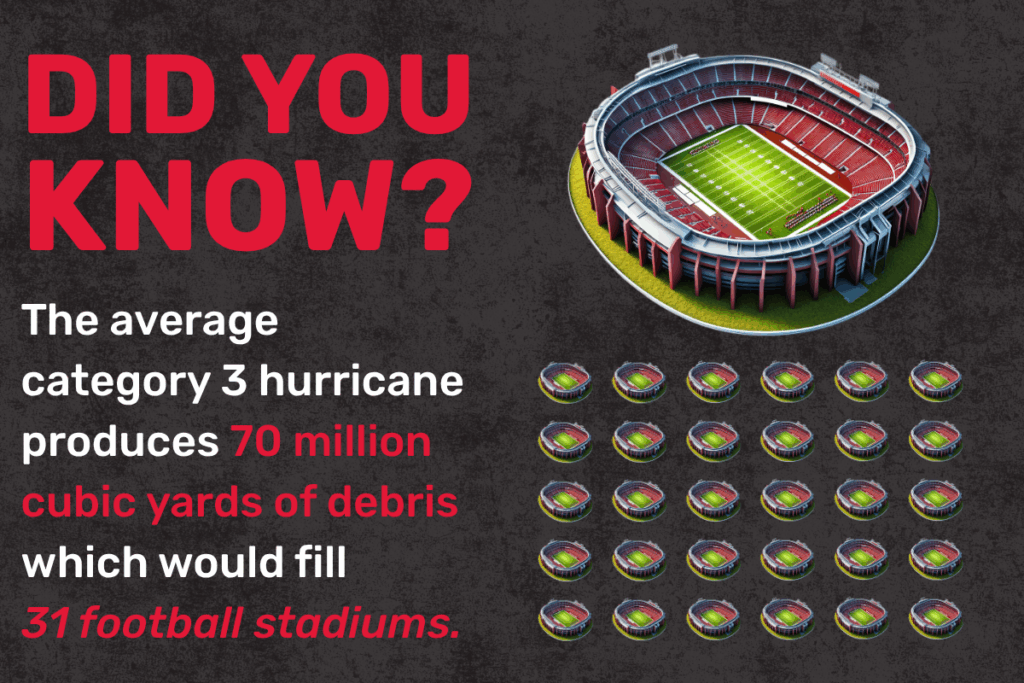
What Does Hurricane Debris Recycling Involve?
Hurricane debris recycling involves sorting, processing and repurposing the vast amounts of waste left behind after a storm. In the aftermath, communities are often overwhelmed by debris—from fallen trees and broken building materials to household items and hazardous waste. This debris can block roadways, hinder emergency response efforts and disrupt essential services such as electricity, water and communications across large areas. Debris is typically categorized into the following main types:
- Vegetative debris: Includes tree limbs, branches, stumps and yard waste.
- Construction and demolition (C&D) debris: Includes materials such as roofing shingles, wood framing, drywall, bricks and concrete. Many of these can be reused or recycled into new construction materials.
- Household goods: Includes furniture, mattresses, carpets and general bulk waste that may be partially salvageable or destined for disposal.
- White goods: Includes large appliances such as refrigerators, washing machines and stoves.
Most recycling centers enforce strict guidelines on the types of debris they accept. Be sure to check with your local recycling center or municipality to understand their specific requirements.
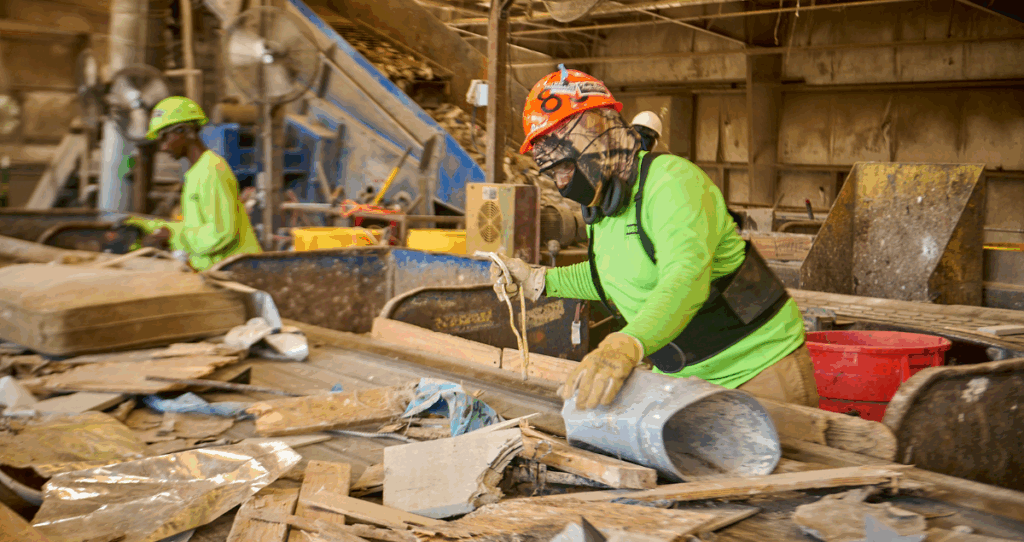
How Hurricane Debris Recycling Works
Separation and Sorting
Once debris is collected and transported to a local recycling center, it’s sorted into three main categories. Recyclable materials include items such as metal, concrete and clean wood. Reusable materials are intact building components that can be repurposed. Disposal-only refers to contaminated or hazardous waste that must be safely discarded. A combination of advanced equipment and manual labor is used to separate recyclable materials efficiently.
Recycling Vegetative Waste
Fallen trees, branches and brush are often ground into mulch or compost for use in landscaping and soil enrichment. In some cases, this vegetative debris is converted into biofuel or used for erosion control in environmentally sensitive areas. These practices not only reduce the volume of waste but also help return valuable nutrients to the soil or contribute to the energy grid.
Recycling C&D Debris
Concrete is often crushed and repurposed as road base or fill material for reconstruction projects. Metals such as aluminum, copper and steel are separated and sent to smelters for reprocessing. Clean wood, free of paint, treatment or contamination, is typically ground into mulch or used as biomass fuel. These recycling efforts help conserve landfill space while supplying local industries with valuable raw materials.
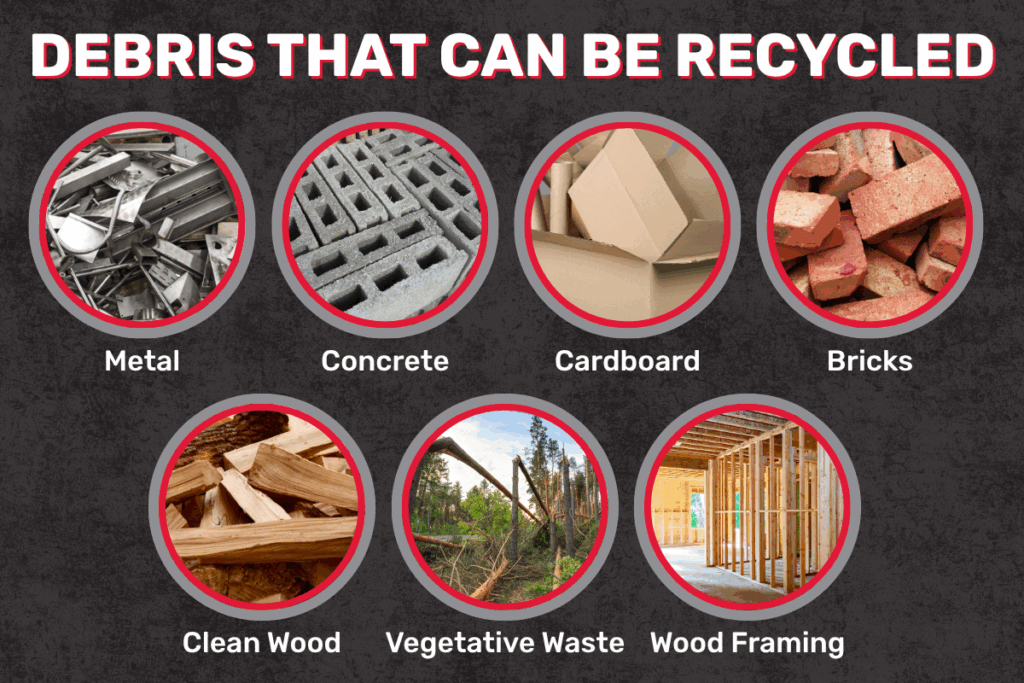
The Challenges of Recycling Hurricane Debris
Even with the best intentions, hurricane debris recycling comes with a unique set of challenges.
- Contamination: Food or hazardous household waste can cause otherwise recyclable debris unusable.
- Speed vs. Accuracy: Rapid disaster response is crucial, but quick cleanup may limit the time available for careful sorting.
- Coordination: Successful recycling requires collaboration between municipal governments, FEMA, debris haulers and recycling centers to ensure proper logistics, equipment and staffing.
A Step Toward Community Recovery
When done right, hurricane debris recycling goes far beyond basic cleanup—it becomes a vital part of rebuilding communities smarter, faster and with sustainability in mind. After a major storm, the sheer volume of debris can overwhelm local recovery systems, clogging landfills and straining resources. Recycling hurricane debris reduces landfill pressure, cuts disposal costs and supports environmental recovery. By recycling materials such as wood, metal and concrete, communities ease that pressure, reduce disposal costs and help protect Florida’s natural environment from further harm.
Marpan’s state-of-the-art facilities are specifically designed to handle this influx, efficiently receiving, sorting and repurposing thousands of tons of recyclable debris that would otherwise be wasted. Dropping off hurricane debris at Marpan is simple and streamlined: you’ll drive onto the inbound scale at our scale house, where a team member will direct you to the correct unloading area. A spotter will guide you to safely back in and unload, and then you’ll return to the scale house to be weighed out and charged based on the weight difference. It’s fast, efficient and it’s a smarter way to recycle hurricane debris.
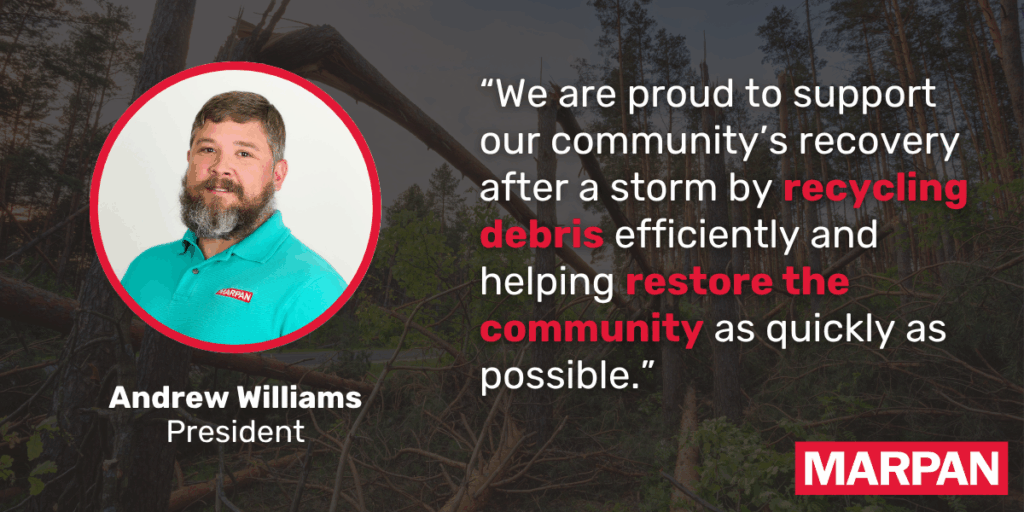
About Marpan
Marpan has led Tallahassee and North Florida in debris management and processing of residential and commercial recyclable materials since 1966. Between 2008 and 2024, our recycling facility has recovered more than two billion pounds of material that would have otherwise been buried in a landfill. Our partnerships, long-time commitment to recycling and state-of-the-art facilities allow us to make a difference in our community every day. For more information on how and what we recycle, explore our services.


